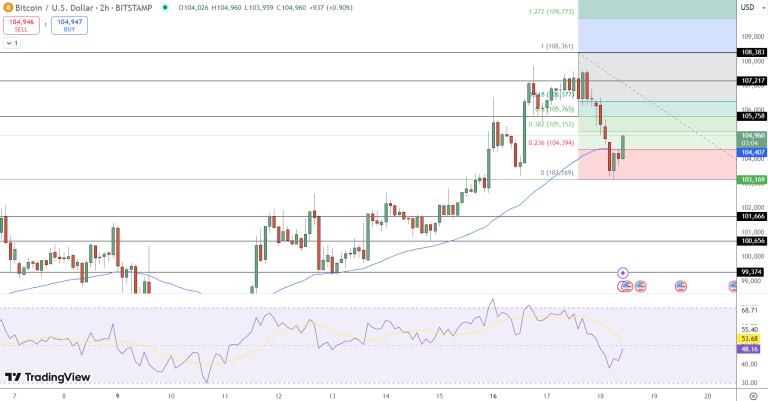Last updated:
 Why Trust Cryptonews
Why Trust Cryptonews

The Swiss stock exchange group SIX has launched its Digital Collateral Service, allowing financial institutions to use crypto assets alongside traditional securities as collateral.
SIX operates one of Europe’s largest triparty agents, which provides collateral management solutions for financial institutions, according to an official press release.
With this new service, institutions no longer need separate platforms to manage crypto collateral, reducing operational complexity and improving risk management.
The system also ensures added protection in cases of default.
It is worth noting that crypto collateral will primarily be used for crypto-related transactions, such as those conducted by ETP issuers, institutional traders, and crypto exchanges.
While the service supports combining bonds and Bitcoin as collateral for a single position, it cannot be used for repo transactions or as collateral for securities lending on SIX exchanges.
Instead, it is designed to offer collateral solutions for over-the-counter (OTC) and bilateral crypto trades.
SIX also operates the SIX Digital Exchange (SDX), which provides crypto custody services and a platform for digital securities trading.
The Digital Collateral Service leverages SDX’s custody solutions, ensuring a seamless integration of digital and traditional financial assets.
“The role of cryptocurrencies in collateral management will become increasingly important,” David Newns, Head of SDX, said.
“Our new and fully integrated solution empowers product issuers, traders, brokers, and market makers to optimise their collateral usage, whether it’s crypto or traditional securities, with built-in risk management safeguards. This allows financial institutions to embrace crypto collateral on a larger scale.”
Initially, the service will support Bitcoin, Ethereum, Avalanche, Cardano, Solana, Ripple, and the USDC stablecoin, with plans to expand the asset selection based on client demand.
SIX has consistently been at the forefront of digital asset innovation.
It was the first to launch a secondary market for digital securities and to integrate a digital securities depository with a conventional central securities depository (CSD).
Additionally, SDX was the first platform to host a wholesale CBDC (pilot) for settlement, solidifying its position as a leader in blockchain-based financial solutions.
Tokenization Market Could Reach $16T by 2030
McKinsey & Company recently reported that tokenized financial assets have had a “cold start” but are still expected to grow to a $2 trillion market by 2030.
Meanwhile, a report by the Global Financial Markets Association (GFMA) and Boston Consulting Group estimates the global value of tokenized illiquid assets will reach $16 trillion by 2030.
Even more conservative estimates from Citigroup suggest that $4 trillion to $5 trillion worth of tokenized digital securities could be minted by 2030.
Recognizing this potential, major companies are making significant moves in the tokenization space.
Goldman Sachs, for instance, plans to launch three new tokenization products later this year, driven by growing client interest.





